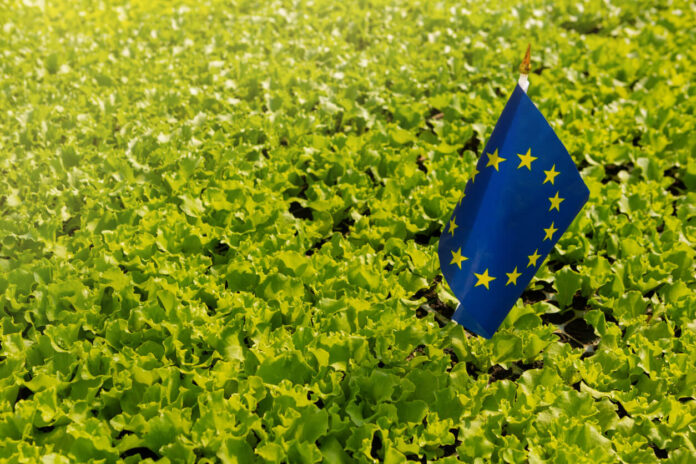The world produces 57 million tonnes of plastic waste annually—enough to fill New York’s Central Park to the height of the Empire State Building.
Our reliance on this cheap and versatile material has triggered an environmental crisis of massive proportions. Since plastic was introduced, more than 7 billion tonnes of waste have piled up, with less than 10% getting recycled.
And as the human population grows, this problem is only getting worse.
Plastic waste infiltrates every corner of the planet, from the depths of our oceans to the highest mountain peaks. Microplastics have even been found in human blood. This isn’t just an ugly mess—it’s a toxic hazard to wildlife, ecosystems, and public health.
It’s clear that the global plastic crisis demands urgent and innovative solutions. But current initiatives are missing the point.
For example, the ‘Great Pacific Garbage Patch,’ a floating island of waste spanning 1.6 million square kilometers—three times the size of France – is currently being tackled by an impressive global team. Yet, while cleaning it up would be a ginormous feat, it wouldn’t solve the core issue: more plastic enters the oceans each year, and over 99% of all plastics are made from fossil fuels.
What is needed is not only a global effort to reduce plastic consumption, but a serious plan to finance and secure viable bioplastics, which are sourced from sustainable materials. Critically, we also need a finance plan to back this transformation.
Though small-scale initiatives aimed at reducing plastic waste have emerged, they often struggle to make a significant impact. Infinity Recycling, a Dutch initiative that is dedicated to making plastic a circular economy, is backed by €50 million from the EU. But this is a drop in the water when you consider how a single issue – like the Great Pacific Garbage Patch – would cost $7.5 billion over ten years to solve.
Foreign investment is becoming crucial not only for addressing Europe’s plastic crisis but also for reversing its significant industrial decline. Europe’s industrial sector is under immense pressure, requiring an estimated $886 billion to both survive and transition toward a greener, more sustainable future.
Relying solely on domestic investment won’t suffice. The recent Draghi report highlights rising production costs and insufficient funding in key areas like green technologies and recycling. To avoid further decline and make real strides in sustainability, Europe must attract foreign capital.
A prime example of this lies with the Abu Dhabi’s National Oil Company (ADNOC), which recently made a $16.2 billion bid for Covestro, a German legend in sustainable materials. Covestro is known for its innovations in recyclable polymers—exactly the kind of solutions needed to combat plastic pollution. With ADNOC’s financial backing, Covestro will have the financial power to ramp up its production of low-carbon, recyclable materials, and reduce non-recyclable plastic waste.
While ADNOC was traditionally focused on oil, it is increasingly embracing sustainability. Its acquisition of Covestro fits perfectly into its strategy to invest in clean technologies. Covestro, already working on bio-based plastics and high-recycled content products, could now reach the scale needed to make a real difference in the global plastic crisis.
That said, no single investment or partnership can solve Europe’s plastic crisis on its own. The challenge is far too complex. It will take coordinated action from businesses, governments, and consumers to create lasting change. While cash injections like those from ADNOC are a step in the right direction, they must be part of a larger global effort focused on reducing plastic production and developing sustainable alternatives.
If we are to reduce global plastic pollution by 80% by 2040, consumers must take drastic steps, like cutting back significantly on single-use plastics. Replacing everyday items like plastic bottles and bags with reusable alternatives could prevent up to 30% of the plastic waste we produce.
Beyond that, as the year of mega-elections wraps up, we need to pressure our leaders to set bolder goals. Change starts with our choices—and if it wasn’t clear before, the future of our planet depends on it.





































